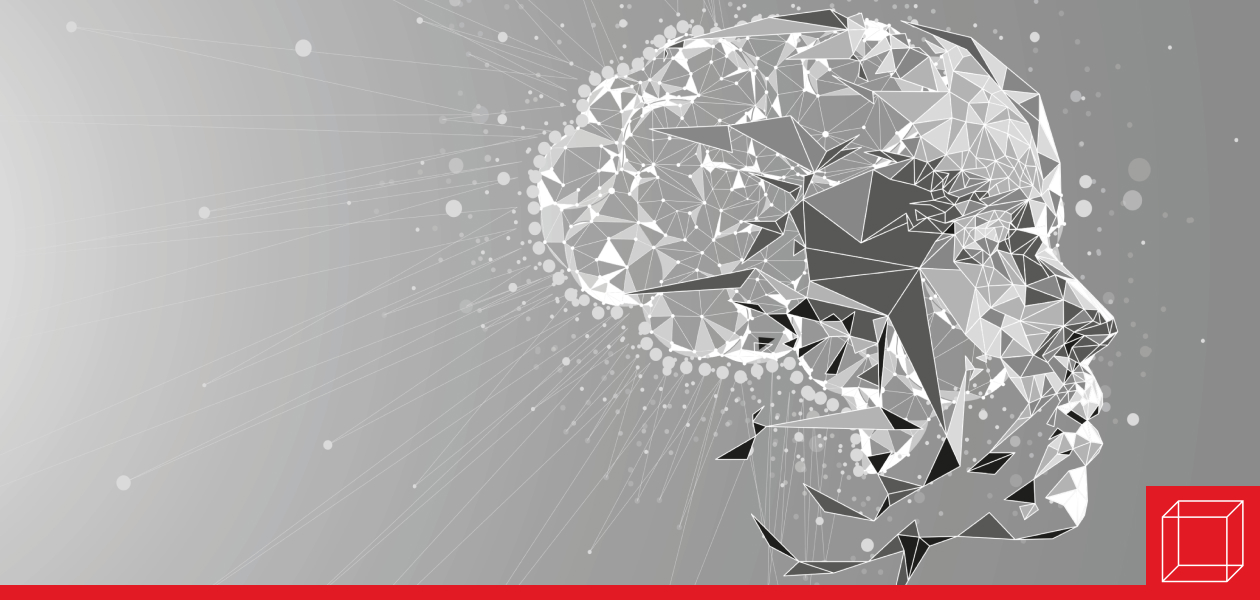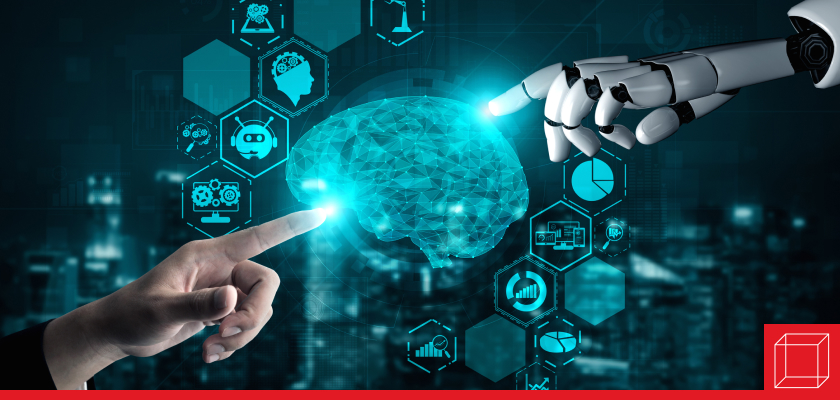Better Decision Making: Humans or AI?
Who makes better decisions, humans or AI? How do we leverage the best possible decision-making tools?
Who makes better decisions, humans or AI? How do we leverage the best possible decision-making tools?
In this post, we will look at:
What role human decision making plays in the current era of AI
How to leverage the power of decision making to enhance retention, knowledge acquisition, and skills development
Practical ways to incorporate digital-specific tools for greater productivity and personal development in an educational setting
Critical Decision Making
Decision making and critical thinking are fundamental to the human experience. We make all sorts of decisions on a regular basis, including rudimentary ones like what to eat for lunch or what route to take to work. For more complex choices, such as whether to pursue an additional degree or credential or to trust another person as a life partner, we want to make certain we’re choosing correctly. But increasingly, due to the advent of AI, it is now possible to relegate more and more of our decisions to machines. While this might be harmless in most cases, and may even represent a significant time savings, where do we draw the line? What decisions should be delegated to machines, and which should be left up to good old-fashioned human judgment?
Surprisingly, humans are capable of outperforming AI on certain tasks. Maybe not so surprising is that AI can best humans on others. So, the key to knowing which tasks to appoint to each should be, at least in part, based upon an understanding of AI and its capabilities as compared with human decision making.
Humans Versus AI
First, AI greatly supersedes human beings at executing repetitive analytical tasks, such as performing complex calculations, sifting through massive amounts of data, and identifying patterns. Additionally, AI can work safely in dangerous environments, and it is not susceptible to cognitive bias in the same way that humans are. Cognitive bias in humans can occur when we have made up our mind prior to fully understanding all the factors. An example of this might be a researcher choosing between several alternatives who, consciously or unconsciously, favors one choice prior to reviewing all the data.
Humans, in contrast to AI, have some natural strengths in the realm of innovation. Humans, unlike AI, are inherently creative. Secondly, human beings are at least aware of ethical considerations. Machines have no understanding of right and wrong. And finally, artificial intelligence cannot improve itself on its own volition. It must be told or programmed what to do. It cannot suddenly decide that it wishes to be a better person (er, machine).
Leveraging Decision-Making Capabilities
Given the above considerations, it can be difficult to know how to deploy decision-making skills effectively in practice. Fortunately, it does not have to be a one-size-fits-all approach. There are times when utilizing AI makes sense for a particular task and other times when it may not. Most of the early research surrounding this new field of decision science (the next iteration of data science, incorporating the fields of STEM, psychology, human behavior, sociology, and others) suggests that “augmented” decision making is often the way to go. Augmented decision making incorporates both human reasoning and artificial intelligence in tandem. By utilizing augmented decision making, humans can avoid pitfalls like cognitive bias while leveraging the power of AI for routine tasks. In addition, many limitations of AI can be offset by human creativity and innovation.
Skills Application
So, what does this all mean in terms of practical application? Since we understand that a combination of human and AI-based decision making is well suited for many complex scenarios, let’s examine how to deploy the augmented decision-making skillset in the classroom to increase results. Considering no two students are identical, approaches that are customized and adaptive to the individual are growing in use and popularity. While nothing can replace human compassion, caring, and trust built between people, AI provides the ability to leverage personalization for learners at scale. In the past, instructors were constrained solely to the number of students they could interact with personally and individually. Since that is no longer the case due to emerging technology, additional opportunities for interaction and skill-building have surfaced.
Tailored educational programs are now mainstream in higher ed and provide unique, nuanced learning modules that could not have previously been achievable. Further, the learning paths can adapt to the student’s level on a continuous and ongoing basis. Simulations that re-create complex or even dangerous scenarios that would not otherwise be possible are now doable in class or on a student’s device. So, in terms of decision making, directing students through intricate and complex situations is a highly beneficial skill that mimics real-world environments and ultimately develops new expertise they will encounter within the industry. Fundamentally, new options for learning are long overdue and are being welcomed in classrooms that endeavor to replicate the skills-based world in which we now live. As students are asked to make hundreds of choices daily in their own lives, it is simply good instruction and design to provide learners with opportunities to practice rather than restricting them to only a few choices on a concept assessment.
Reflection Points
What is your experience with AI thus far? What are students saying about it?
What tools are you using for modeling real-world situations in your course(s)?
How can you incorporate better decision-making scenarios into the curriculum?



